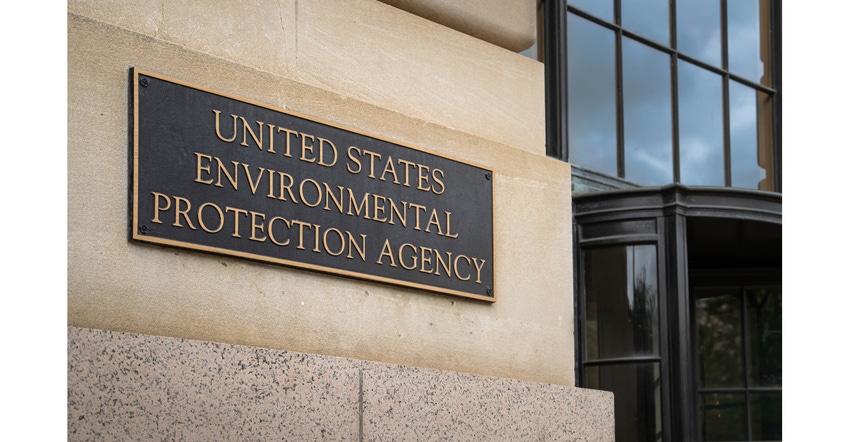EPA Begins Process to Prioritize 5 Chemicals Under TSCA
Updated with American Chemistry Council's comments.

The Environmental Protection Agency (EPA) is beginning the process to prioritize five additional toxic chemicals for risk evaluation under the nation’s premier chemical safety law. If, during the 12-month long statutory process, EPA designates these five chemicals as High Priority Substances, the agency will then begin risk evaluations for these chemicals.
EPA plans to prioritize the following chemicals for risk evaluation under the Toxic Substances Control Act (TSCA):
Acetaldehyde (CASRN 75-07-0)
Acrylonitrile (CASRN 107-13-1)
Benzenamine (CASRN 62-53-3)
4,4’-Methylene bis(2-chloroaniline) (MBOCA) (CASRN 101-14-4)
Vinyl Chloride (CASRN 75-01-4)
“Most vinyl chloride is used to make polyvinyl chloride (PVC) plastic, which poses significant health and environmental problems that have been known for over 50 years. This is one of the most important chemical review processes ever undertaken by the EPA. I applaud the EPA for launching this review,” saidJudith Enck, president of Beyond Plastics and former EPA Regional Administrator.
All five chemicals were selected from the 2014 TSCA Work Plan, which is a list of chemicals identified by EPA for further assessment based on their hazards and potential for exposure.
American Chemistry Council (ACC) has made the following comments on the EPA's plan:
“Effective implementation of the TSCA program has been plagued with challenges. With today’s announcement of the next five chemicals identified for potential prioritization for risk evaluation under TSCA, EPA officials and the stakeholder community have an opportunity to put science first and take a positive step forward in TSCA implementation.
"We appreciate the agency working to engage the public early in the process. Gathering the most relevant data to inform future decision-making will be critical. Anything less will add regulatory burden, cost, delays, and impede progress to a sustainable and circular economy. We expect the agency to rely on the best available science and input from the diverse stakeholder community, including industry, as it moves forward with its final prioritization.
"ACC stands ready to work with the EPA and other decision-makers to help inform the evaluations about the important uses and innovations these substances enable.
“As part of ACC efforts to support TSCA implementation, ACC’s Chemical Products and Technology Division and its Center for Chemical Safety provide a mechanism for establishing Consortia where stakeholders can collaborate on the development of information, share costs and provide critical input to EPA on specific chemicals. We will be working with our member companies, industry partners and other downstream users to form Consortia that can help contribute and inform the evaluation of these substances.”
EPA expects to initiate prioritization on five chemicals every year, which will create a sustainable and effective pace for risk evaluations. Prioritization is the first step under EPA’s authority to regulate existing chemicals currently on the market and in use, to evaluate whether health and environmental protections are needed.
If at the end of the risk evaluation process EPA determines that a chemical presents an unreasonable risk to health or the environment, the agency must immediately start the risk management process to take action to eliminate these unreasonable risks.
Although EPA expects these chemicals to be designated as high-priority for risk evaluation during the prioritization process, it will continue to review and screen reasonably available and submitted information to make a final designation. EPA will review the hazard and exposure potential of each chemical, whether it builds up in the environment, whether there are potentially exposed or susceptible subpopulations, whether the chemical is stored near significant sources of drinking water, how the chemical is used, and the volume in which it is manufactured or processed.
EPA will accept public comments on these chemicals for 90 days after publication at the Regulations page under docket EPA-HQ-OPPT-2023-0601.
About the Author(s)
You May Also Like




